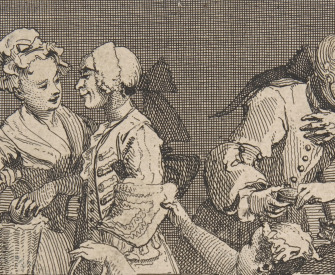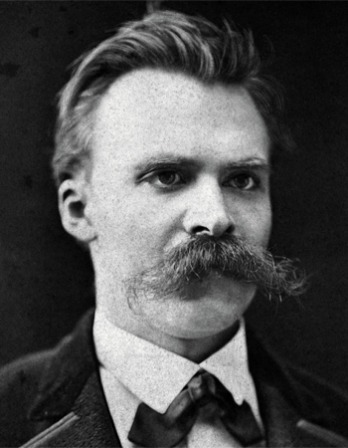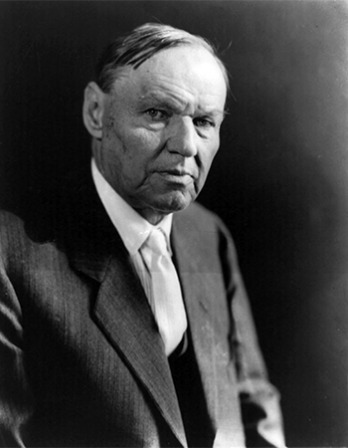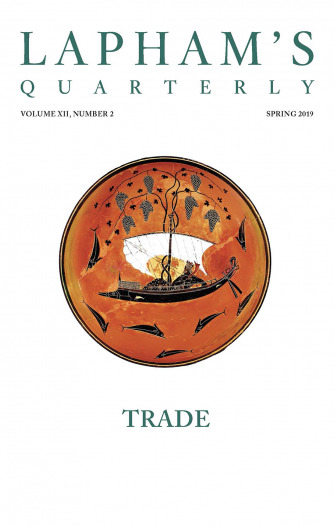The fear of war is worse than war itself.
—Seneca, 50
View of Grbavica, a neighborhood of Sarajevo, approximately four months after the signing of the Dayton Peace Accord that officially ended the war in Bosnia, 1996. Photograph by Lt. Stacey Wyzkowski.
The combat experience has been aptly characterized as consisting of long periods of tedium punctuated by episodes of sheer terror, and the prosecution of a war requires the recruitment, retention, and motivation of men equal to both challenges. Some people actively enjoy violence; for them, it is something of a high. Some are drawn to it compulsively—serial killers, for example, or certain sadists, who continue to perform violent acts even though they know this enhances the likelihood that they will be apprehended. There are also those who are, or become, addicted to violence and who feel anxiety in its absence. They exult in the thrill of violence and spend a great deal of time anticipating it and seeking it out. We have in civilian life a name for such people—criminals—but the category would also encompass individuals popularly known as bullies, hooligans, goons, toughs, and thugs. Violent conflicts dominated by such people can be called criminal warfare, a form in which combatants are induced to wreak violence primarily for the fun and material profit they derive from the experience.
Europe at one time was probably the most warlike place in the world, and the recruitment process for national armies was singularly unselective: about all that the military normally required of recruiters was that they enlist boots on the ground. Frequently, it was possible for potential conscripts to buy (or bribe) their way out of service or to furnish substitutes in a process which guaranteed that the ranks of the soldiery would be manned disproportionately by criminals, as well as by vagabonds, misfits, social failures, beggars, derelicts, drunks, the unemployable, the idle poor, and the mentally disturbed. Taverns and brothels proved fertile recruiting grounds. So did jails. They housed men awaiting trial or sentencing, very often for capital offenses, for whom even the worst form of soldiering would have been an improvement. Their enlistment was especially attractive to recruiters dragooning participants into foreign armies because many of their fellow townspeople saw a welcome opportunity to banish criminals and other undesirables from the community quite likely forever. Some of the armies in the Hundred Years’ War consisted of 2 to 12 percent convicted criminals, many of them murderers seeking royal pardons for their services. The French came to know such men as écorcheurs—scorchers of the earth.
The term could also describe the parasitic mercenary bands, or “companies of adventure,” that plagued Italy during the fourteenth century. They operated under fanciful, self-infatuated names like the Company of the Star, the Company of the Hook, and the Company of the Hat, and proudly promulgated graffiti-like slogans such as, “Enemy of God, Pity, and Mercy.” Their camps reminded one observer of “brothels of harlots and the taverns and bistros of gluttons.” One of the most destructive and effective of these bands was led by John Hawkwood, “an Italianized Englishman” famous for his solution to a problem that arose during the plundering of a monastery. While two of his men argued over which would get to ravish a beautiful young nun, Hawkwood plunged a dagger into her heart, thereby, observed an admiring chronicler, at once solving the dispute and preserving the nun’s virginity. Since Hawkwood lived by war and would be out of business in peacetime, wrote one Italian novelist, “He managed his affairs so well, that there was little peace in Italy in his times.”
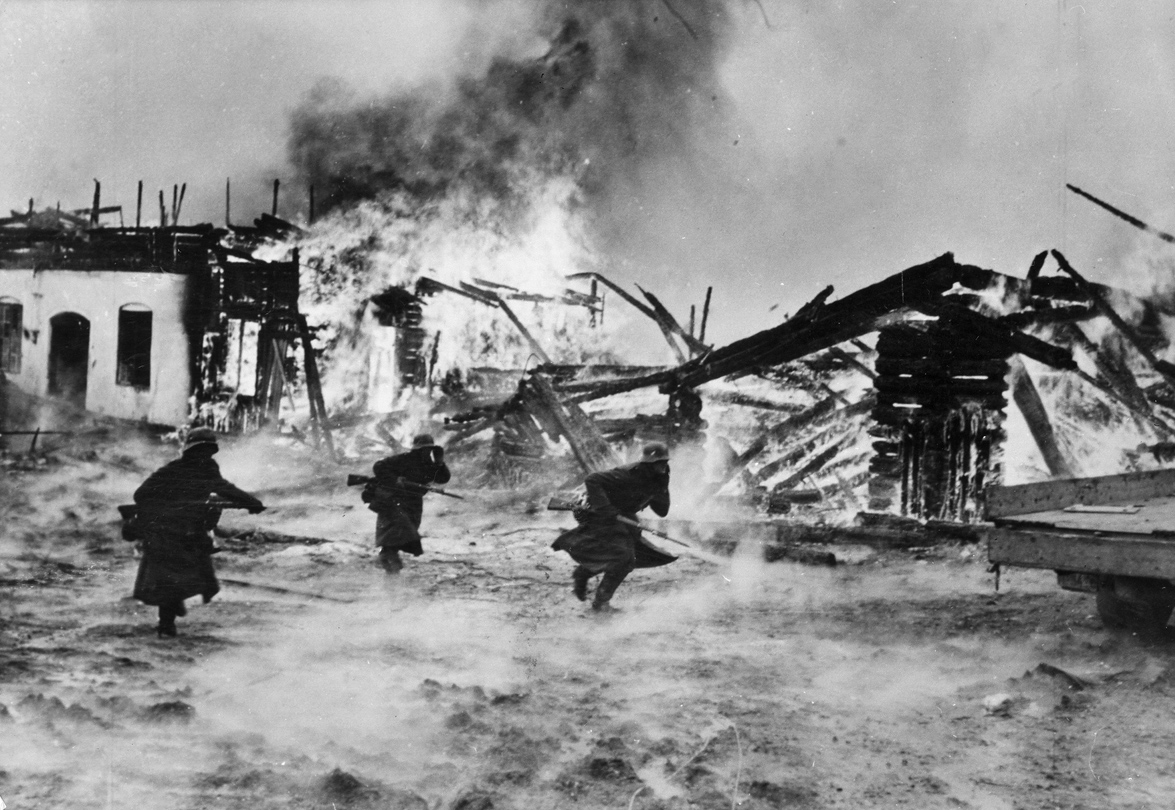
“Norway, Battle for a Burning Village,” German Wehrmacht in Haugsbygd, Norway, 1940. Photography by Erich Borchert. German Federal Archives.
Predatory militias like Hawkwood’s, in fact, continue well into the present. As the disciplined, conventional warfare witnessed in the twentieth century becomes comparatively rare, we are increasingly left with the often savage maneuvers of irregulars. The military historian Martin van Creveld has suggested that war has become “transformed” as we enter a “new era, not of peaceful competition between trading blocs, but of warfare between ethnic and religious groups,” waged not “by armies but by groups whom we today call terrorists, guerillas, bandits, and robbers.” Virtually all of the world’s armed conflicts that remain are civil or primarily civil. And most of these, as it happens, are essentially ancient forms of criminal banditry in which what have been called “entrepreneurs of violence” engage in warfare in much the same way as their forebears did in medieval and early modern Europe; that is, as mercenaries recruited by desperate state governments or as warlord and brigand gangs arising within failed or weak states.
The recent wars in the former Yugoslavia illustrate the mercenary principle. The violence erupting there in the early 1990s didn’t derive from a paroxysm of societal angst or from a frenzy of nationalism, whether ancient or newly aroused. Instead, it derived principally from the actions of newly empowered and unpoliced thugs. Politicians may have started the wars, and they may have whipped up a fair amount of hatred, but the killing wasn’t done by hordes of ordinary citizens released from their ethnic repression and incited to commit violence against their neighbors.
Even the Serbian (or Yugoslav) army substantially disintegrated early in the hostilities. After years of supposedly influential media propaganda and centuries of allegedly pent-up ethnic and societal antagonism, ordinary Serb soldiers were finally given an opportunity to express these proclivities through government-sanctioned violence. They responded to the opportunity by pointedly declining to embrace it. Observing that they did not know why they were fighting, they often mutinied or deserted en masse—a turn of events vividly illustrated in the experience of General Slavko Lisica. The general attempted to shame Serb conscripts in Croatia by declaring that all those who were not prepared to “defend the glory of the Serbian nation” should lay down their arms and take off their uniforms. To his astonishment, “They all did, including their commanding officer.” Furious, the general shouted at them “to remove everything including their underpants, and, with the exception of one man, they all removed their military-issue underpants and marched off completely naked.” Later, he said, the recruits commandeered a cannon and used it to shell his headquarters.
Like many of the lords and kings of medieval Europe, the politicians soon opted to recruit criminals and hooligans to populate their armies. Thousands of prison inmates, promised shortened sentences and enticed by the prospect of abundant booty, were released in Serbia for the war effort. The most dynamic (and murderous) Serbian units, then, were composed not of committed nationalists or ideologues, but of common thugs recruited for the task as mercenaries. Some of them bolstered what remained of the Yugoslav army. Others joined semi-coherent paramilitary groups such as Vojislav Šešelj’s Chetniks and Arkan’s Tigers, organizations already heavily composed of criminal adventurers and, in the case of the Tigers, soccer hooligans. For their part, the Bosnian Muslims were protected by paramilitary bands led by Ćelo, a convicted rapist, and by Juka, a former mob boss, racketeer, and underworld thug. The Croats had Tuta, a former protection racketeer.
Those in the right positions quickly discovered an especially lucrative opportunity: weaponry, ammunition, fuel, and goods worth hundreds of millions of Deutschmarks could be traded with the enemy. The Serbs in Bosnia inherited large stores of weaponry from the Yugoslav national army, and, once the war settled down a bit, many went looking for—and found—buyers nearby: The Croats and the Bosnian Muslims were eager for weapons with which to attack the Serbs in Croatia and Bosnia (and, for a time, each other). There were opportunities in the other direction as well, and the speaker of the Bosnian Serb assembly made millions buying fuel from Croatia and then selling it to Croatia’s Serb enemies in Bosnia. Croats could sometimes rent tanks from their Serbian enemies at a going rate of around $670 per day. Whether they had to pay extra for insurance is not recorded.
Ethnicity was important in all this as an organizational or predictive device, not as a crucial motivating force. It was the human characteristic around which the perpetrators and politicians happened to have arrayed themselves, and it furnished their militias with a degree of predictability. If you were a member of the opposite group, you could be sure they would persecute you, but if you were a member of their group, they would more or less protect you (at least initially), as long as you seemed to be reasonably loyal. That is, they may have been thugs, but they were not random thugs.
The same sort of dynamic would have held if the thugs’ organizational principle had been class or ideological allegiance—or, for that matter, loyalty to a specific soccer team. If they had taken control in a town and were determined to cleanse it violently of, say, supporters of an opposing team, those in that group would have quickly found it in their interest to leave. Meanwhile, fans of the thug-favored team would have, often reluctantly, come to recognize that the thugs had become their only protection against revenge-seeking goons of the other group.
Similarly, during the Rwandan genocide of 1994, much of the reporting gives the impression that the conflict was one of all against all, friends against friends, neighbors against neighbors, even Cain against Abel. Friends and neighbors (and even brothers, perhaps) did kill each other, but it seems that by far the greatest damage, as in the former Yugoslavia, stemmed from the rampages of murderous criminals guided by the government and performing as mercenaries.
The conflict was far from a spontaneous eruption in that the basic elements of the genocidal process had been planned for years by Hutu extremists who were substantially in charge of the ruling party, the government bureaucracy, the army, and the police. A civil war between Hutu military forces and the Tutsi-dominated Rwanda Patriotic Front (RPF) was going badly for the Hutus, and a power-sharing agreement was brokered. Rather than let this agreement take effect though, the fanatics, seizing an opportunity when a plane carrying the country’s president was shot down, ordered the murder of all Tutsis in the country.
Initially, the killings were of politically unreliable Hutus and of carefully selected Tutsis known to be in opposition to the Hutu extremists. The scale of the killing quickly expanded as Hutu government leaders and local administrators responded to orders to carry out the genocide throughout the country. The Presidential Guard probably engaged in the most focused and systematic of the killings. It was organized by the Hutu army, the Forces Armées Rwandaises (FAR), most of whose members had been hastily recruited in the previous few years from landless peasants, the urban unemployed, and foreign drifters guaranteed food and drink (each man was entitled to two bottles of beer a day, a luxury by Rwandan standards), as well as the opportunity to loot. Finally, there was the interahamwe, militia bands trained by Hutu extremists. As Philip Gourevitch has pointed out, the interahamwe had their genesis in soccer fan clubs, and they recruited jobless young men who were “wasting in idleness and its attendant resentments.” Extremist youth leaders sped around on motorbikes and sported “pop hairstyles, dark glasses, and flamboyantly colored pajama suits and robes, preached ethnic solidarity and civil defense.” At interahamwe rallies, “alcohol usually flowed freely... and paramilitary drills were conducted like the latest hot dance moves.”
It seems reasonable to suggest that there might have been some fifty thousand hardcore genocidaires—some 2 percent of the male Hutu population older than thirteen. Although it is conceivable that 200,000 participated in the massacres, this high figure would include people who did nothing more than point out where local Tutsis lived or simply manned roadblocks under orders. Even this larger number would represent only about 9 percent of the Hutu male population over the age of thirteen.
In some sense, these are very high—astoundingly high—figures, and they demonstrate how extraordinary the event was. In a normal year, by comparison, the proportion of males over thirteen who committed murder in Rwanda was probably something like 1 in 1,000. Nonetheless, a situation in which more than 90 percent of Hutu males over thirteen did not participate in the killing hardly seems to justify the notion that the situation was one of all against all or neighbor against neighbor.
Distinct from the mercenary principle at work in Rwanda and the former Yugoslavia, organized banditry can also look like conventional warfare, particularly in countries whose governments are so weak that crimes of extortion, kidnapping, and murder become commonplace. Bill Berkeley has described the phenomenon in his book The Graves Are Not Yet Full, noting that “Africa’s warring factions are best understood not as ‘tribes’ but as racketeering enterprises.” Samuel Doe, a master sergeant who seized control of Liberia in 1980, ruled through Cold War largess supplied largely by the United States and through a violently corrupt patronage network. In late 1989, after the United States—no longer so concerned about the Cold War—cut off its funding in disgust, Doe’s weakened rule was threatened by an armed group of about a hundred led by Charles Taylor, an accused embezzler and jail-break artist, and by a somewhat larger group that had spun off from Taylor’s led by a psychopathic, hymn-singing drunk named Prince Yormi Johnson. The rebels quickly gained adherents in large measure because of the excessive and arbitrary retaliation of Doe’s forces.
The country was soon dominated by some seven warlord bands that engaged in occasional battles over turf but were mostly involved in looting, rape, torture, occasional cannibalism, and the selling of commodities like iron ore, timber, rubber, gold, diamonds, and drugs on the international market. Berkeley describes the soldiers as “orphans bent on revenge, illiterate teenage peasants and school dropouts seizing the main chance, and unemployed street toughs known as ‘grunah boys’ [grown-up boys].” He cites UN estimates that there were eventually “sixty thousand Liberians under arms, of whom no more than a handful had received any form of formal military training.” Carnivals of looting and pillaging took place, as well as occasional massacres. With amazing frankness, Taylor’s final offensive against Monrovia was labeled Operation Pay Yourself. Combatants routinely styled themselves after heroes in violent American action movies like the Rambo and Terminator series. In the early years, rebels decked themselves out in bizarre, even lunatic, costumes: women’s dresses, wigs, and pantyhose; painted fingernails and decorations composed of human bones. The combatants were routinely intoxicated with alcohol and narcotics, and it is estimated that 25 to 30 percent of them emerged from the war with serious drug problems.
In search of further profit, Charles Taylor looked to the diamond areas in neighboring Sierra Leone. When fighting broke out there in 1991, he threw his support behind a rebel group in that country under the control of a former corporal in the Sierra Leonean army. The government, already characterized by hopeless ineptitude, then predictably made a disastrous decision: It rapidly expanded its not very good army of three thousand into a really terrible army of fourteen thousand. This ragtag force, consisting mostly of “dropouts and robbers,” according to a prominent Sierra Leonean human rights campaigner, was sent—underpaid, undertrained, and underfed—into combat under commanders who had a distinct preference for leading from the rear. Instead of confronting the rebels, the troops fragmented into bandit gangs, many of them composed of children who routinely drank blood mixed with drugs. They raped, killed, pillaged, extorted, looted, destroyed, and mutilated. As an aid worker put it, “By fighting, you get a lot of money and excitement and see the country. You’re going from nothing in a village to being Rambo.” Before sending their charges off to what passed for battle, rebel commanders often showed them Rambo films.
Chris Hedges has referred to Africa’s civil wars as “Hobbesian playgrounds,” and Michael Ignatieff has compared the conditions that prevailed in the former Yugoslavia to a Hobbesian state of nature. Although the adjective is often evoked for many post-Cold War civil conflicts, experience suggests that the reference to Hobbes is wrong. Hobbes was obsessed by the chaos and calamity of the English Civil War of 1642-1649, which took place during his lifetime, and his important book, Leviathan, was, he notes, “occasioned by the disorders of the present time.” He viewed the conflict as essentially one of competing ideas—religious ideas rather than nationalist, ideological, or ethnic ones. Like Ignatieff on Yugoslavia, he envisioned the conditions as a descent into a base state of nature, a “kingdom of darkness” and a “confederacy of deceivers” in which “force and fraud” become “the two cardinal virtues,” where “every man is an enemy of every man,” and where life, as he famously put it, becomes “solitary, poor, nasty, brutish, and short.” The modern civil wars in Africa and Yugoslavia call his summation into question. Although there was plenty of deception, force, and fraud in those conflicts, the population did not descend into the war of all against all that Hobbes so ardently and influentially described. The conditions of deep insecurity certainly resembled a Hobbesian state of nature, but they came about not because people generally succumbed to barbarism, but because they came under the arbitrary sway of bands—often remarkably small ones—of armed and murderous thugs and fanatics.
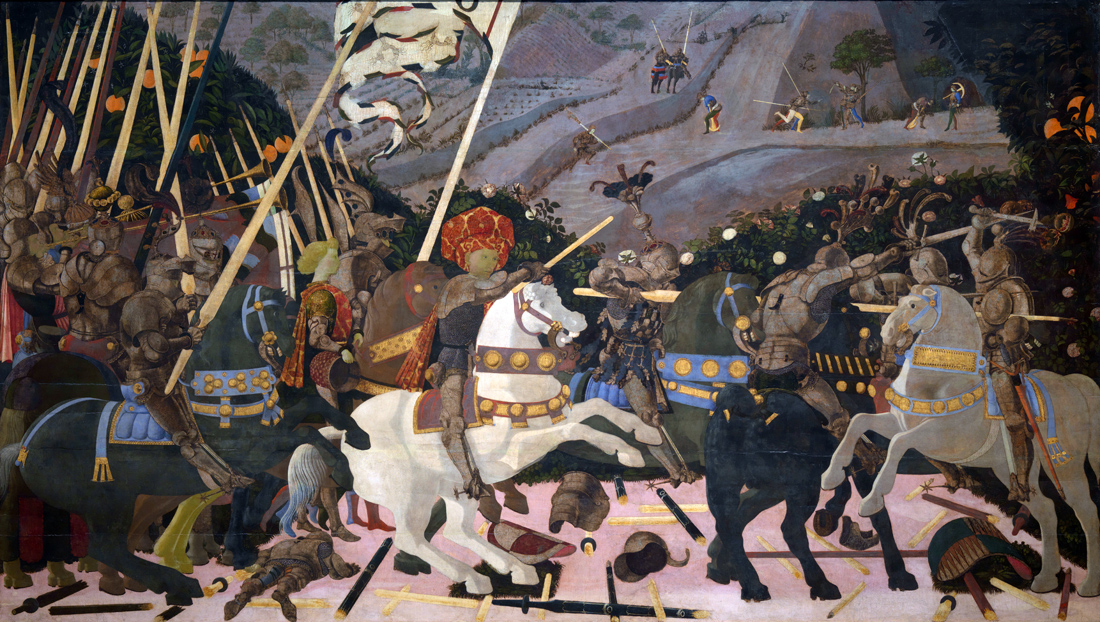
Niccolò Mauruzi da Tolentino at the Battle of San Romano, by Paolo Uccello, c. 1438. National Gallery, London.
Through the mid-1990s, the increased number of civil wars was due mostly to a process of accumulation—not just because new wars were starting, but because old wars were not ending. In recent years, this process seems to have reversed itself. Many of the wars—or competitive criminal enterprises—have exhausted themselves, and new ones have failed to take their places. The reason seems to lie with the development of competent governments increasingly able to police domestic conflicts rather than inadvertently (or actively) exacerbating them.
The war in Iraq is a blend of the criminal and the noncriminal and often resembles the civil war in Lebanon that raged from 1975 to 1990. Some of the combat in that lengthy conflict could be considered disciplined: Forces stood and fought—for cause or sect or revenge—against each other or against foreign occupiers, sometimes risking death or committing suicide in the process. Much of the violence, however, followed the brigand pattern as private armies, militias, or bandit gangs engaged in racketeering, looting, kidnappings for ransom, rape, extortion, and a bewildering array of shifting turf wars.
Journalists and some cautious politicians have become comfortable describing the violence engulfing Iraq as a civil war, a notion often skewed to absolve the United States of any role in its creation. However, the American invasion, carried out by forces sufficient to run over Saddam Hussein’s pathetic army but insufficient to maintain civil order, managed to create, almost instantly, a failed state. What began with opportunistic looting has generated a truly massive increase in criminality. If some of the statistics coming out of Baghdad are correct, the criminal homicide rate there may have reached historic proportions. As usual, the losers are the masses of civilians whose chief form of defense, if they cannot flee, is to ally themselves with comparatively congenial thugs, to endure, and to hope for eventual salvation.
